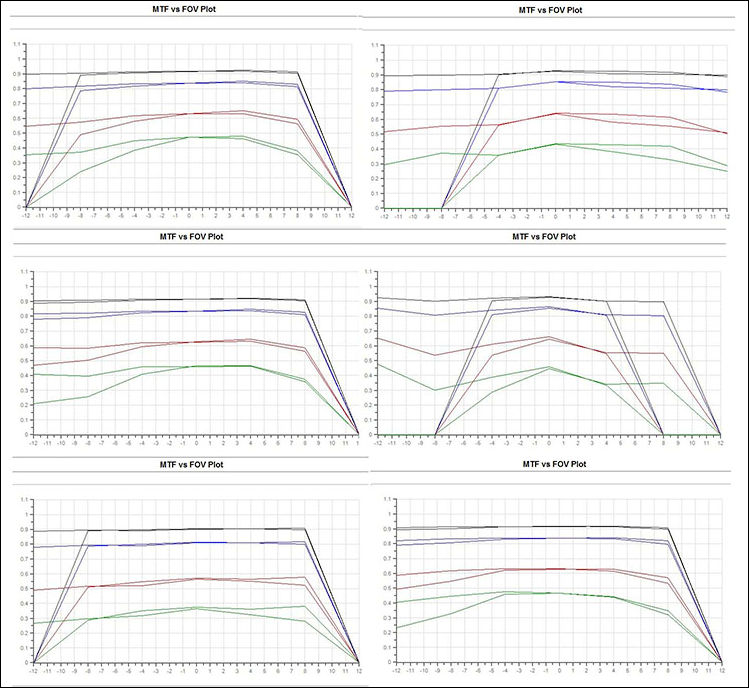
It allows to keep PV going, with more focus towards AI, but keeping be one of the few truly independent places.
-

6 Nikon to NEX adapters.
I won’t bore you with another 20 graphs that look pretty much like these. We tried Leica to NEX and Leica to Micro 4/3 adapters, Canon to NEX, etc. We tried different lenses on one adapter. It didn’t really matter. None of them would be acceptable for testing. Not one.
I’ll point out that we carry only name-brand, fairly expensive adapters, not eBay $29 adapters. All of them are tested frequently and used frequently and none of the ones I tested today had any problems.
Videographers are the primary users of adapters, and probably won’t notice the problems at all. Video and cinema cameras shoot at lower resolution (even 4K video) than photography and tend to concentrate on center-frame so they’re unlikely to see a problem.
http://www.lensrentals.com/blog/2013/09/there-is-no-free-lunch-episode-763-lens-adapters

 k6.jpg749 x 688 - 107K
k6.jpg749 x 688 - 107K -
Trend to large-format DSLRs and improved MTF potential - and possibility of almost perfect sharpness by downconversion within the camera (Wikipedia)
The Canon EOS 5D Mark II is believed to use only every third line, and hence suffers bad aliasing, as its optical filter is optimized for stills use.
but
The Panasonic Lumix DMC-GH2 may do some processing across pixels, producing very sharp images, but with some aliasing. Nevertheless, such cameras produce very impressive results, and appear to be leading the way in video production towards large-format downconversion with digital filtering becoming the standard approach to the realization of a flat MTF with true freedom from aliasing.
From http://en.wikipedia.org/wiki/Optical_transfer_function
Maybe all these adapter things need to be taken in the context of the particular lens/adapter/camera/FOV combination :-)
-
Well, at least this should mean a +1 for MFT sensors (smaller >>> with less FOV)
Howdy, Stranger!
It looks like you're new here. If you want to get involved, click one of these buttons!
Categories
- Topics List23,993
- Blog5,725
- General and News1,354
- Hacks and Patches1,153
- ↳ Top Settings33
- ↳ Beginners256
- ↳ Archives402
- ↳ Hacks News and Development56
- Cameras2,368
- ↳ Panasonic995
- ↳ Canon118
- ↳ Sony156
- ↳ Nikon96
- ↳ Pentax and Samsung70
- ↳ Olympus and Fujifilm102
- ↳ Compacts and Camcorders300
- ↳ Smartphones for video97
- ↳ Pro Video Cameras191
- ↳ BlackMagic and other raw cameras116
- Skill1,960
- ↳ Business and distribution66
- ↳ Preparation, scripts and legal38
- ↳ Art149
- ↳ Import, Convert, Exporting291
- ↳ Editors191
- ↳ Effects and stunts115
- ↳ Color grading197
- ↳ Sound and Music280
- ↳ Lighting96
- ↳ Software and storage tips266
- Gear5,420
- ↳ Filters, Adapters, Matte boxes344
- ↳ Lenses1,582
- ↳ Follow focus and gears93
- ↳ Sound499
- ↳ Lighting gear314
- ↳ Camera movement230
- ↳ Gimbals and copters302
- ↳ Rigs and related stuff273
- ↳ Power solutions83
- ↳ Monitors and viewfinders340
- ↳ Tripods and fluid heads139
- ↳ Storage286
- ↳ Computers and studio gear560
- ↳ VR and 3D248
- Showcase1,859
- Marketplace2,834
- Offtopic1,320






